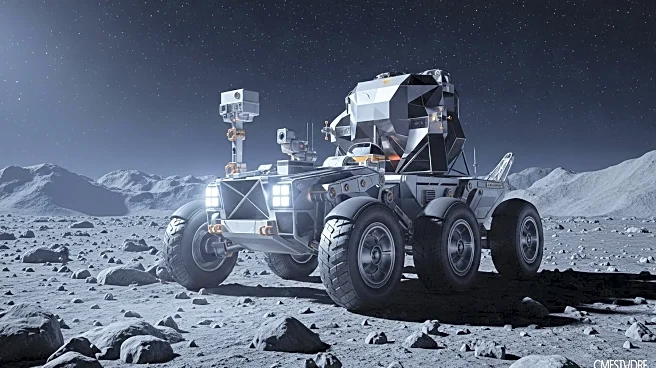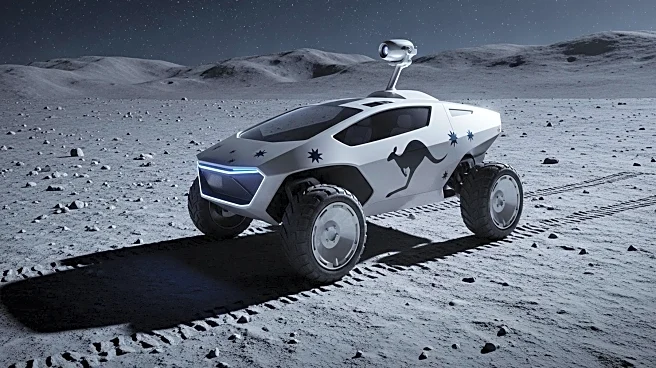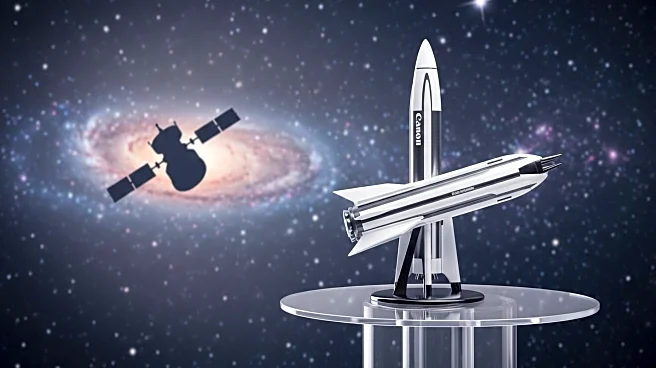What's Happening?
The Australian Space Agency is set to launch its first lunar rover, 'Roo-ver,' to the Moon by the end of the decade. This mission, part of NASA's Commercial Lunar Payload Services initiative, aims to collect new data about the Moon's surface to support international space exploration goals. The Australian government is investing $42 million in the project, which includes developing, designing, and operating the semi-autonomous rover. Roo-ver will carry an integrated NASA payload to demonstrate technology for scientific and exploration purposes. This initiative is expected to inspire and boost the STEM workforce in Australia.
Why It's Important?
The launch of Roo-ver represents a significant step for Australia in the global space exploration arena. By participating in lunar exploration, Australia is enhancing its technological capabilities and contributing to international scientific efforts. This project aligns with the Australian government's agenda to grow national industrial capability and build economic resilience. The collaboration with NASA also strengthens international partnerships and positions Australia as a key player in space exploration.
What's Next?
Following the successful deployment of Roo-ver, further missions could be planned to expand Australia's role in space exploration. The data collected by Roo-ver will likely inform future lunar missions and contribute to broader scientific understanding. Additionally, the success of this mission could lead to increased investment in Australia's space industry and further collaborations with international space agencies.
Beyond the Headlines
The development of Roo-ver highlights the growing importance of international collaboration in space exploration. As countries like Australia invest in space technology, the global landscape of space exploration is becoming more diverse and competitive. This trend could lead to new opportunities for scientific discovery and technological innovation, as well as challenges related to space governance and resource management.











